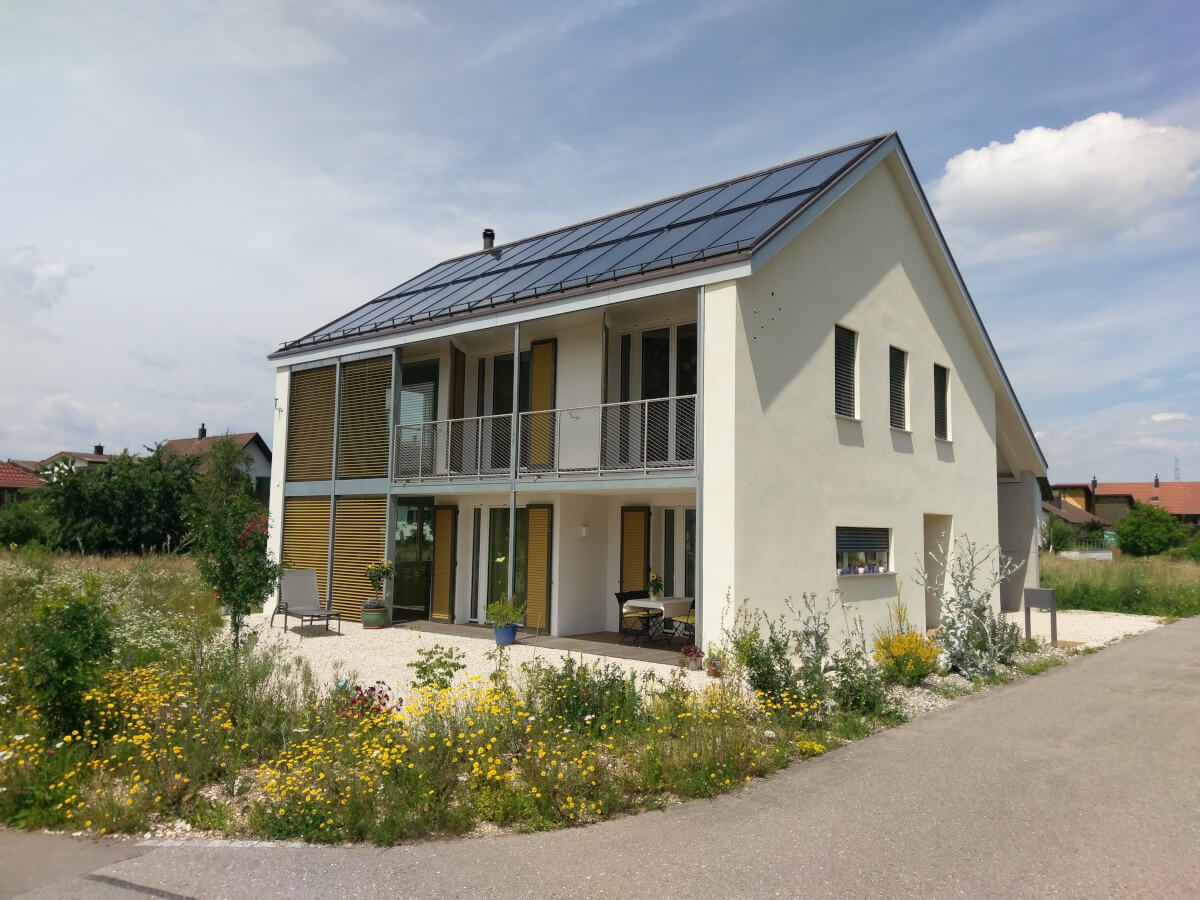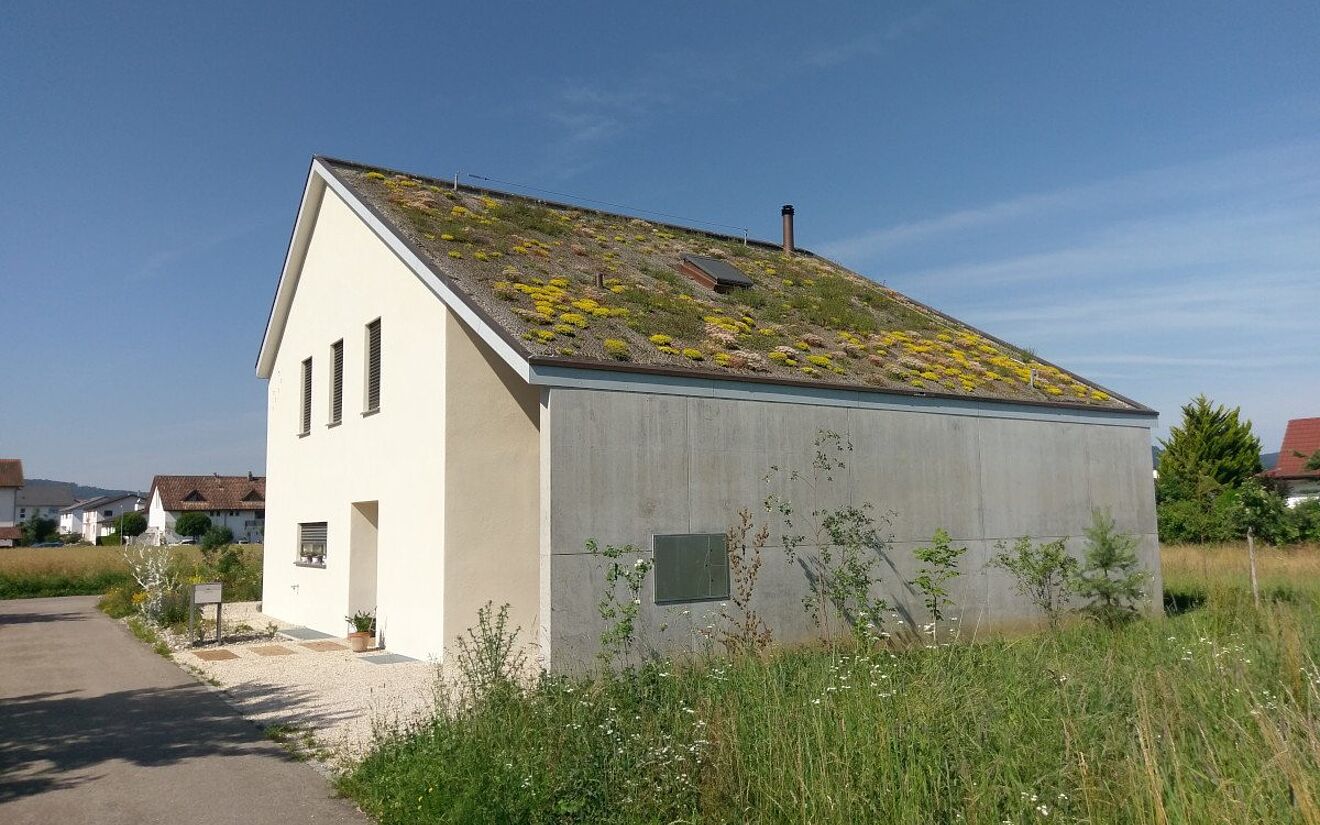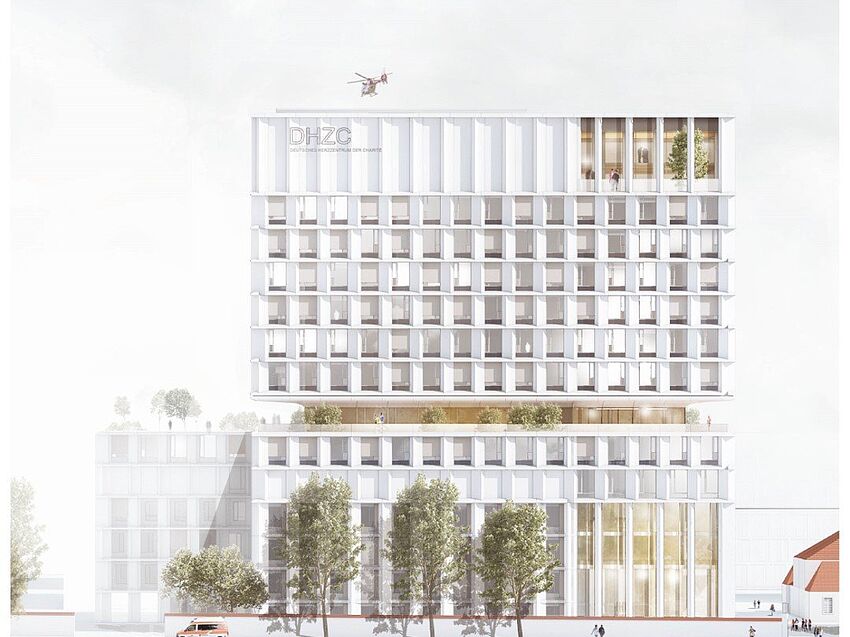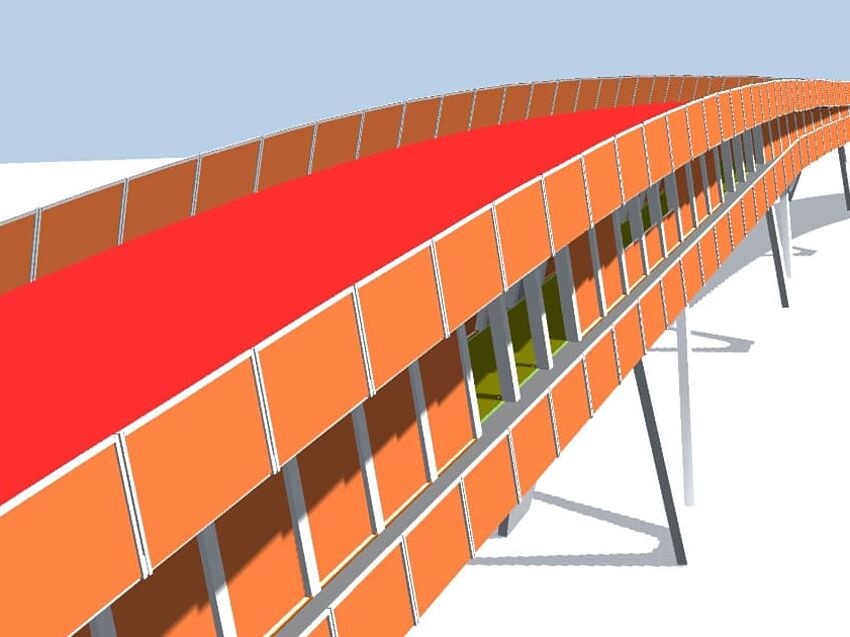The office 5 Architekten shows how, with the right planning, a house can be kept warm even without heating. The answer here lies between light and shadow.
What is the best heating system? 5 Architekten from Wettingen in Switzerland would probably say: none at all. Why? Because you can build a house in such a way that it doesn't need any heating – or without relying on fossil fuels or electricity, at least. How to do that is ultimately more or less a question of light and shade. To use both properly, however, requires precise planning. The experts in heating-free house construction rely on ALLPLAN for this. An excellent example of such a precisely planned house without heating is the Hengelweg solar house in Würenlingen, Switzerland.

As the name suggests, the sun plays a central role in the solar house in Würenlingen. The south side of the gable roof is equipped with a 50 square meter solar system. The thermal energy generated by this system is stored in a 12,400-liter water tank at the heart of the house, which covers the entire hot water requirement. On the other hand, the storage tank also supplies wall heaters for space heating requirements. In addition to these, the building uses the thermal storage mass of the walls – which are made of sand-lime bricks and kerosene plates – to supply heat.

Light and shade: Lighting design for building component activation
The building component activation of the floors and walls inside presents the greatest planning challenge. In winter, maximum solar radiation is required to fully utilize the thermal storage mass. For this purpose, the double-height living area on the south side is equipped with a large, two-story window front, which allows sunlight to penetrate deeply into the interior. In summer, on the other hand, it is necessary to completely block out the sun. In addition to the roof overhang and balcony, this is achieved by means of external venetian blinds in the living area and shutters with fixed sun protection slats on the floor-to-ceiling windows of the other south-facing rooms.
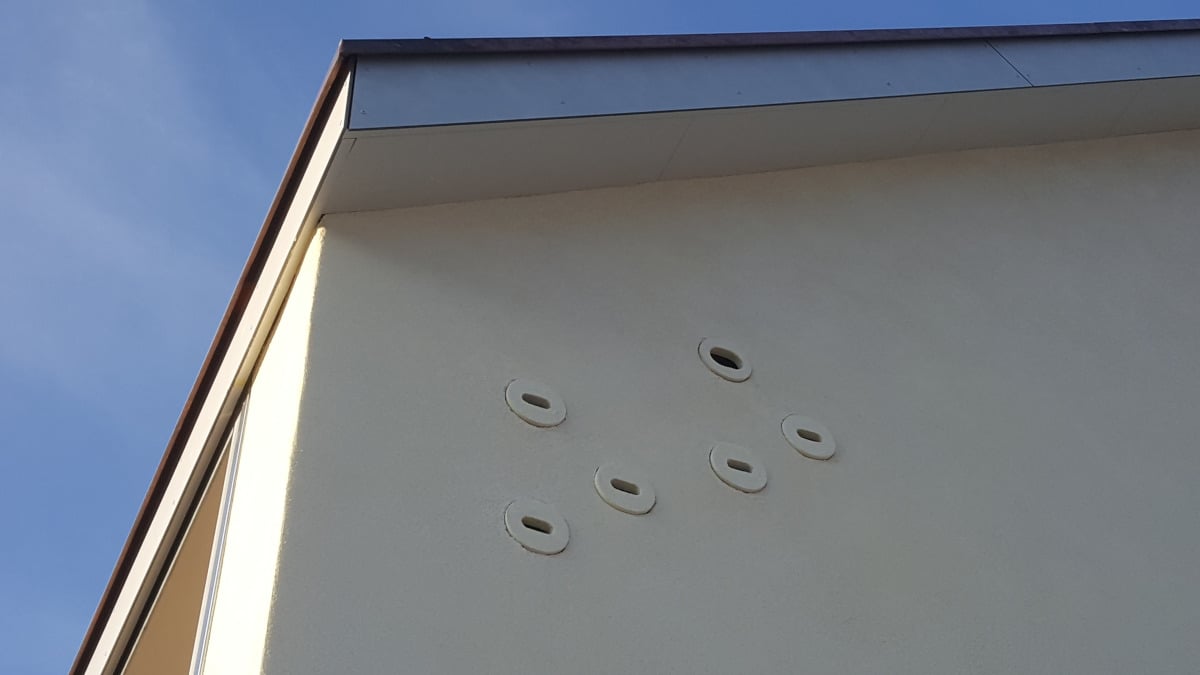
With the help of a series of daylight simulations in ALLPLAN, the optimum positions of windows and shading elements for the respective site-specific lighting conditions in different seasons was determined during the lighting design. The aim was to ensure the best possible view, particularly in the summer months, despite maximum shading. For the ideal summer position of the shutters calculated in this way, a floor socket was installed at the relevant point during construction to fix the shutters in place. The correct setting of the external venetian blinds was calculated by 5 Architekten with the help of Smartparts.
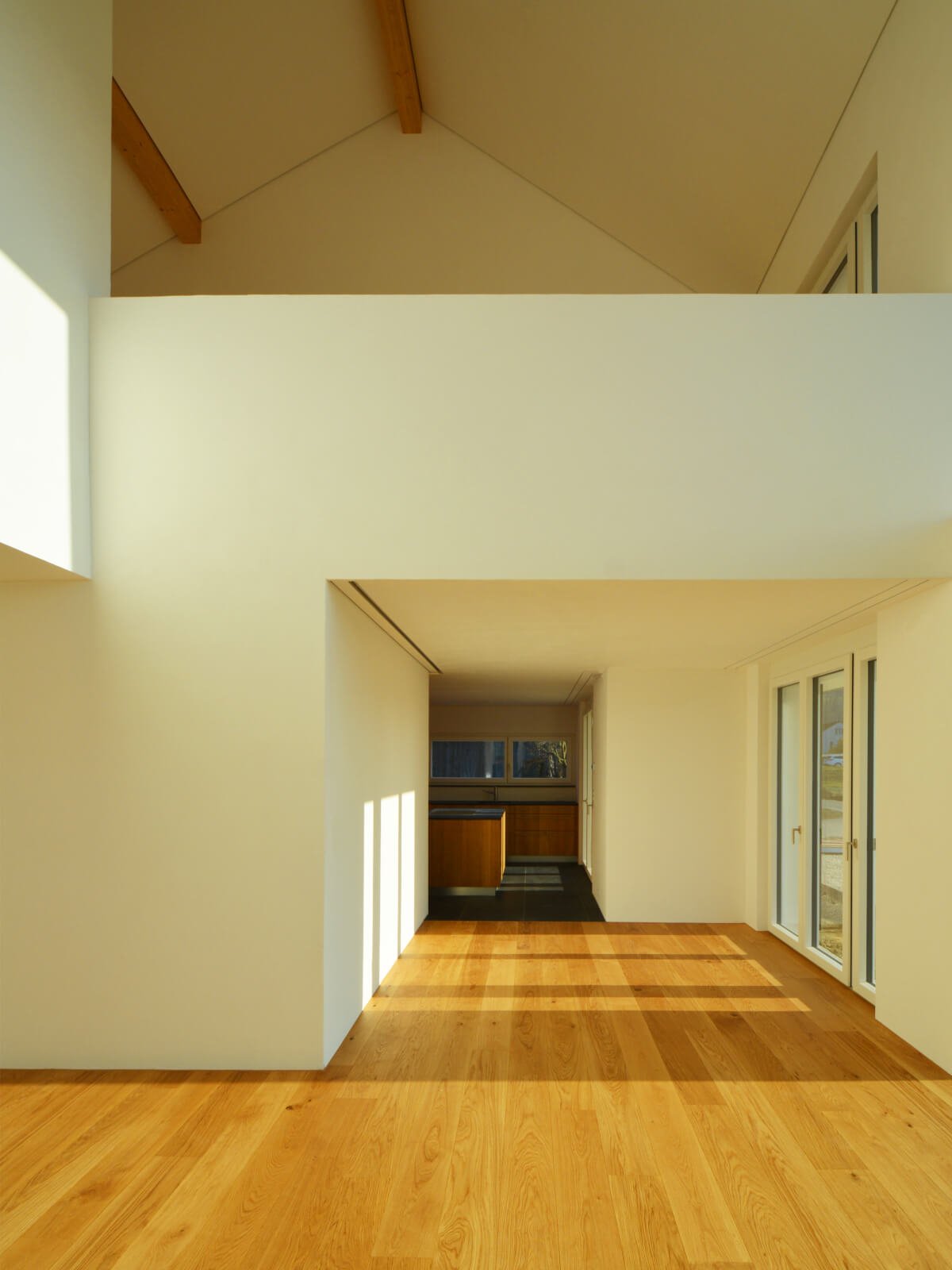
A solar house with room for biodiversity
Even if the topic of heat is clearly in the foreground in a house without heating, the solar house in Würenlingen deserves to be recognized for more than just this reason. The architects generally pursued an ecological approach here, with a particular focus on biodiversity on site. On the north side, for example, the building has a large green roof that, in addition to its function as thermal insulation, also provides a habitat for birds and insects and at the same time contributes to a better microclimate. In addition, nesting boxes for swifts were integrated into the facade on the east and west sides, and the outdoor area around the house was planted with native plants.
